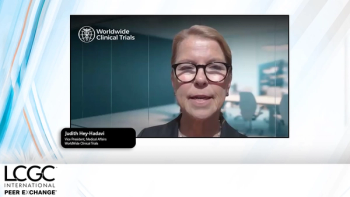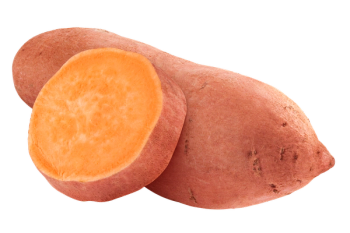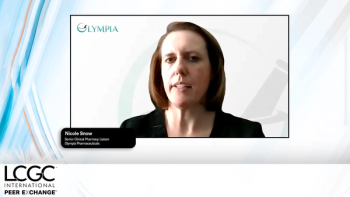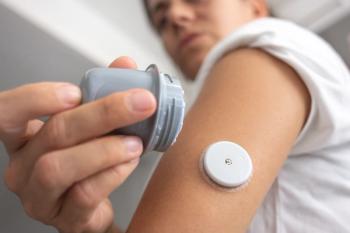
The 2017 LCGC Awards
The 2017 LCGC Award winners: Pat Sandra and Deirdre Cabooter
The 2017 LCGC Lifetime Achievement Award is awarded to Pat Sandra. Pat graduated from Ghent University in 1967 with a B.Sc. in chemistry and in 1969 with a master’s in organic chemistry. He received his Ph.D. in organic chemistry in 1975 from Ghent University in Belgium and was promoted to Full Professor of Separation Sciences in 1988. In 1986 he founded the Research Institute for Chromatography in Belgium, a centre for research and education in chromatography, mass spectrometry, and electrophoresis. He has coauthored over 550 scientific publications and presented over 300 invited lectures at scientific meetings. He has received numerous international awards including three honorary doctor degrees.
The 2017 LCGC Emerging Leader in Chromatography Award winner is Deirdre Cabooter. Deirdre received her PhD in chemical engineering from the Free University of Brussels (VUB) in 2009. After postdoctoral work at the VUB and the Department of Chemistry and Polymer Science of Stellenbosch University, she became a research professor in the Department of Pharmaceutical and Pharmacological Sciences of the University of Leuven in 2011. Her research interests include the fundamental evaluation of novel supports in chromatography, the analysis of complex samples in diverse applications, retention modeling, and solutions for automated method development.
For the full article on the LCGC award winners, please see the March 2017 issue of LCGC Europe.
Newsletter
Join the global community of analytical scientists who trust LCGC for insights on the latest techniques, trends, and expert solutions in chromatography.





